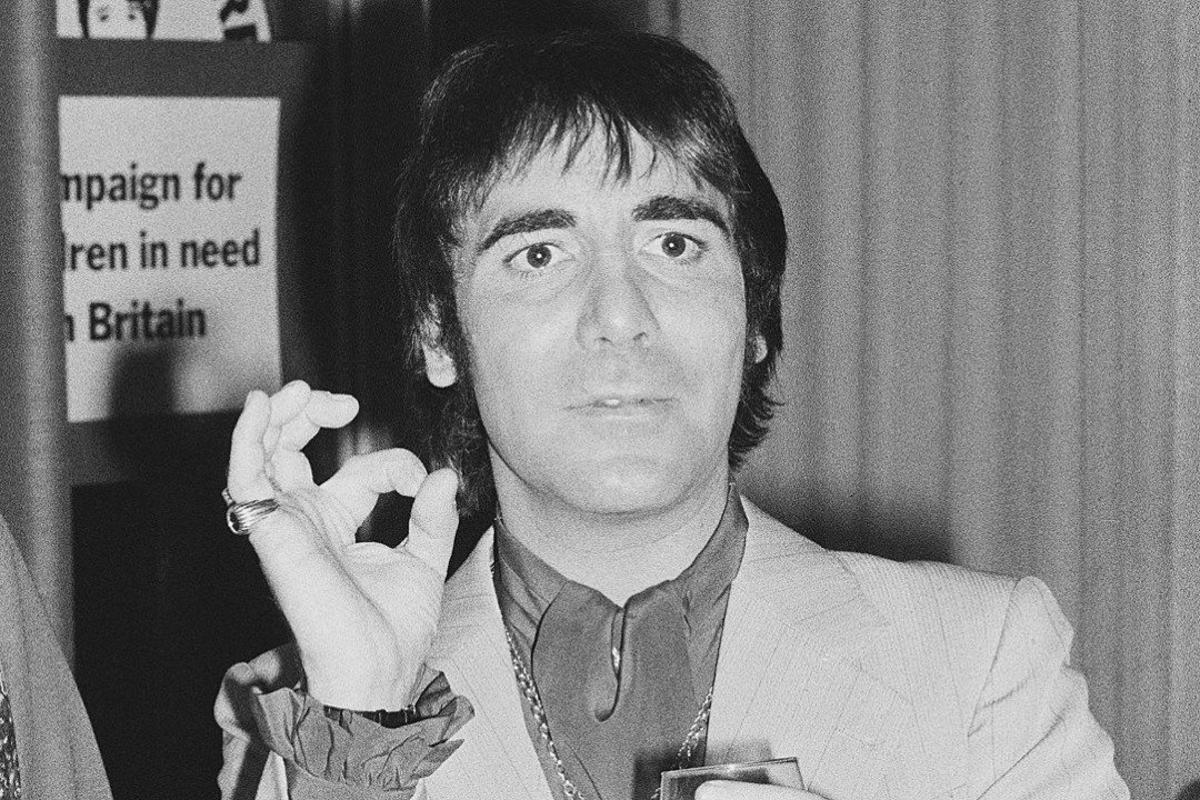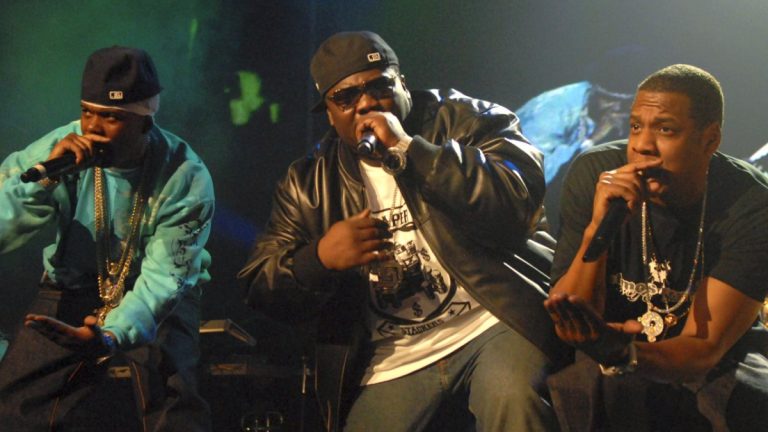Keith Moon was famous for his puckish behavior. Destroyed hotel rooms, nights of heavy drinking and general zaniness were all in a day’s work for the Who drummer, who earned himself the nickname “Moon the Loon.”
Being in a world famous rock band, after all, places one in a position of excess, where Moon was all too content to make the most of it, even if that included destruction of his own property.
“I get accused of being a capitalist bastard, because, you know: ‘How many cars you got?’ ‘Eight.’ ‘Big ‘ouse?’ ‘Yes.’ Well, I love all that; I enjoy it,” he told Rolling Stone in 1972. “I have lots of friends over and we sit up, drinking and partying. I need the room to entertain. I enjoy seeing other people enjoy themselves. That’s where I get my kicks. I’m kinky that way. I have the amount of cars I do because I smash them up a lot. Six are always in the garage; it’s a fact. They’re always saying I’m a capitalist pig. I suppose I am.”
Entertaining others was one thing, causing grief was another. By the time the ’60s came to a close, Moon had a wife, Kim Kerrigan, and a baby daughter, Mandy, who could do little to tamp down the musician’s penchant for chaos. Eventually, it led to Kerrigan and Mandy moving out of the Moon family home for good in 1973 and getting a divorce two years later.
Read More: When Keith Moon Made His Final Appearance With the Who
Moon’s way of living did not go unnoticed by his bandmates either. Pete Townshend knew he was watching his friend more or less dig his own grave.
“I was obsessed with trying to keep Keith alive,” the guitarist, who himself has been sober since the early ’90s, said to People in 2022. “It was quite clear that he was on a downward slide, and there was very little I could do. He was a very complicated character.”
“Character” is perhaps the best word for it, as if there were multiple versions of the same man. There was Keith Moon from the Who, the wildly talented drummer with a semi-theatrical style of playing that would end up influencing many future musicians. And then there was Moon the Loon, whose unpredictability could be as funny as it was dangerous. It was this latter character at the center of a deeply tragic incident that took place in 1970.
The Car Accident With Neil Boland
On Jan. 4, 1970, Moon, his wife and a group of friends attended the opening of the Red Lion pub in Hatfield, Hertfordshire, a relatively small town compared to the large cities the Who were playing then, like London, Paris, Berlin and New York City. In other words: the local working class folk didn’t take very kindly to the sort of extravagant wealth that Moon not only possessed but flaunted.
Which is how it ended up that a group of pub patrons began attacking Moon’s Bentley, an undoubtedly high-end car then and still today. In an effort to escape the madness, Moon, unlicensed, got behind the wheel of the car and drove off. What he did not know was that his driver and bodyguard Neil Boland was caught underneath the car and being dragged down the road. Boland was killed and Moon was charged with his death, plus drunk driving and driving without a license or insurance. Six weeks later, however, Boland’s death was ruled an accident by the coroner and Moon ultimately only plead guilty to the drunk driving charge.
Over the years, rumors have arisen over whether it was Moon or his wife driving the car, but one thing was painfully apparent: Moon’s raucous behavior hit a new low in that moment, propelled by an increasingly unhealthy relationship with drugs and alcohol. In the ’70s, an era in which mental health was a relatively taboo and misunderstood subject and substance abuse treatment very much still developing, Moon’s condition was not one that was easily fixed.
“Had I known then what we know now about the issues of the mental illnesses, the diagnoses and things, I probably would have had a different approach to the whole thing,” Annette Walter-Lax, Moon’s girlfriend for the last four years of his life, told Goldmine in 2020. “But I thought it was all down to drugs and alcohol and the fact that he was a rock star and that he was going to get better and all.”
Moon’s daughter, who later overcame her own struggles with alcohol abuse, doesn’t have an extremely clear memory of her father — she was small when her parents split and only 12 when Moon died — but does have an understanding of why her father could be so extreme.
“The hardest part, sometimes, is that we left so young, and maybe the more negative memories stick out for you,” she told uDicsoverMusic in 2016. “When I was a bit older, I realized that people do change when they drink.”
Moon died of a drug overdose in 1978 at the age of 32. In his final interview, he was asked “Are you in control of your life at all?” “On certain days,” he replied.
READ MORE: How Keith Moon Helped the Who Break in America
Pamela Des Barres, the famous rock ‘n’ roll groupie, writer, musician and actress, could recall Boland’s death haunting Moon, which certainly didn’t help with his substance abuse.
“That was in the back of his mind all the time,” she said to Classic Rock in 2022. “It probably was a way for him to abuse himself because he didn’t have a whole lot of self worth. On the one hand he had tons of it. He was the best drummer alive. But on the other hand he had very low self-esteem and berated himself all the time. And that unfortunate death was behind a lot of that.”
As Moon himself saw it, he was often the architect of his own chaos, but something compelled him to it.
“I suppose to most people I’m probably seen as an amiable idiot…a genial twit,” he said to Rolling Stone in 1972. “I think I must be a victim of circumstance, really. Most of it’s me own doing. I’m a victim of me own practical jokes. I suppose that reflects a rather selfish attitude: I like to be the recipient of me own doings. Nine times out of ten I am. I set traps and fall into them.”
The Who Albums Ranked
Half of the Who’s studio albums are all classics, essential records from rock’s golden age. But where should you start?
Gallery Credit: Michael Gallucci




Leave a Comment